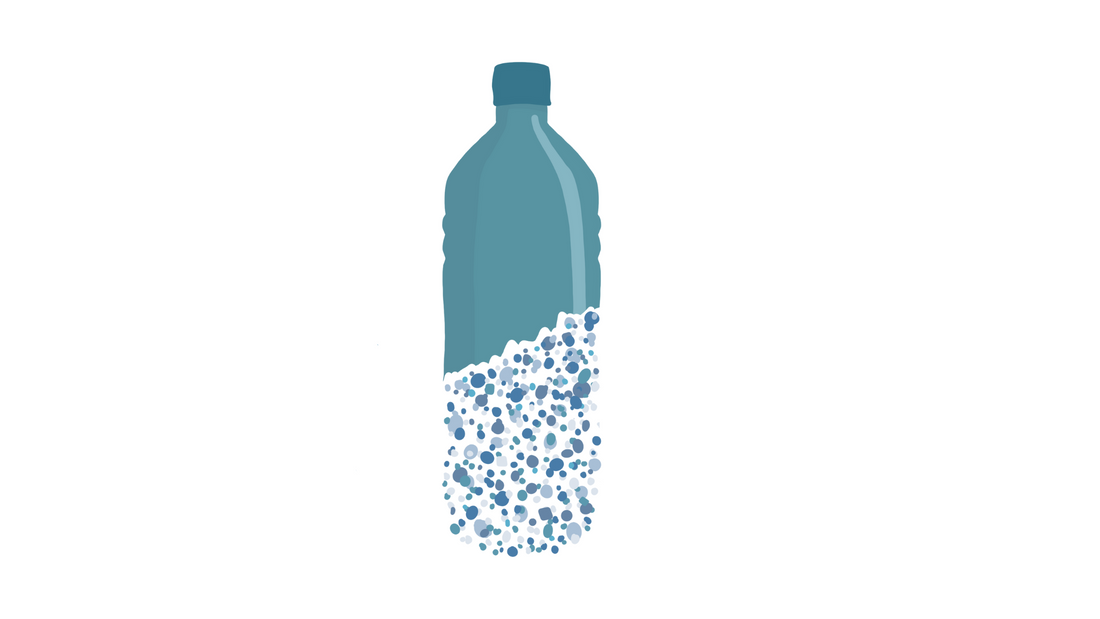
The Plastic Pandemic: Unwrapping the Hidden Health Hazards Lurking in Your Packaging
Share
When you inwrap that muesli bar, have you ever wondered if you’re also getting a light coat of microplastics as part of your snack?
We know microplastics have created an environmental plague, but what about the plastic wrapping on our everyday food? We know it keeps it crispy and fresh, but at what cost? Let’s look at the impact those plastics might have, and we will give you some ways to limit that impact.
What’s the problem with plastic packaging?
Certain chemicals found in plastics, such as phthalates, bisphenol A (BPA), and antimony, have been a focus of concern due to their potential health effects. Manufacturers may use these chemicals in plastic production and leach into food under certain conditions.
What we know so far: The impact of plastic on the human body
Microplastics in the Environment: Numerous studies have shown that tiny plastic particles less than 5mm in size are widespread in the environment. These particles can originate from various sources, including the breakdown of larger plastic items, microbeads in personal care products, and shedding microfibers from synthetic textiles (R).
Human Exposure: While microplastics have been detected in various environmental samples, such as water, air, and soil, the extent of human exposure to microplastics and their potential health effects were still areas of ongoing research (R, R).
Gastrointestinal Tract and Tissues: Some studies have reported the presence of microplastics in human tissues, primarily within the gastrointestinal tract. These particles may enter the body through the consumption of contaminated food and beverages. Microplastics could translocate through the gastrointestinal tract's tissues (R, R)
Bloodstream: Direct evidence of microplastics circulating in the human bloodstream was confirmed in September 2022. Up to this date, the majority of studies focused on the gastrointestinal tract and other tissues, and more research was needed to determine whether microplastics could reach the bloodstream and the potential health implications. More studies were done, and those studies confirmed that, indeed, plastic pollution has entered the human bloodstream (R).
Okay, so we know it’s in us, around us, so how do we avoid or limit that exposure, yes, there are ways, and they are very simple.
How to limit your exposure to plastic food packaging
To minimise the risk of chemicals leaching from plastic packaging into food, you can take the following precautions:
Duration of Contact: The longer food is in contact with plastic packaging, the greater the potential for chemicals to leach into the food. For example, storing food in plastic containers for an extended period may increase the risk. Fresh is always best and local produce gives you that option.
Avoid High-Temperature Contact: Avoid exposing plastic packaging to high temperatures, such as placing it in the oven or using it to store hot foods immediately after cooking. Also, think twice before eating that plastic-wrapped food or drink left in your car on a hot day.
Consider Alternatives: Consider using glass, stainless steel, or other food-safe materials for food storage, especially for hot or acidic foods.
Shop bulk: Not only are you reducing the introduction of microplastics into the environment, but you will find that most foods are sourced locally, purchased in large amounts (so less plastic) and are not stored in plastic on the store floor.
Overall, while some plastic packaging can leach chemicals into food, the risk can be minimised by making informed choices. Gram’s mission is to reduce plastic waste, so you can trust we have the environment and your health in mind when selecting what we offer in our store.
Start with the milk you drink - our Almond milk is nutritionist made in-house and at no point is stored in plastic. You can schedule a weekly delivery here.
